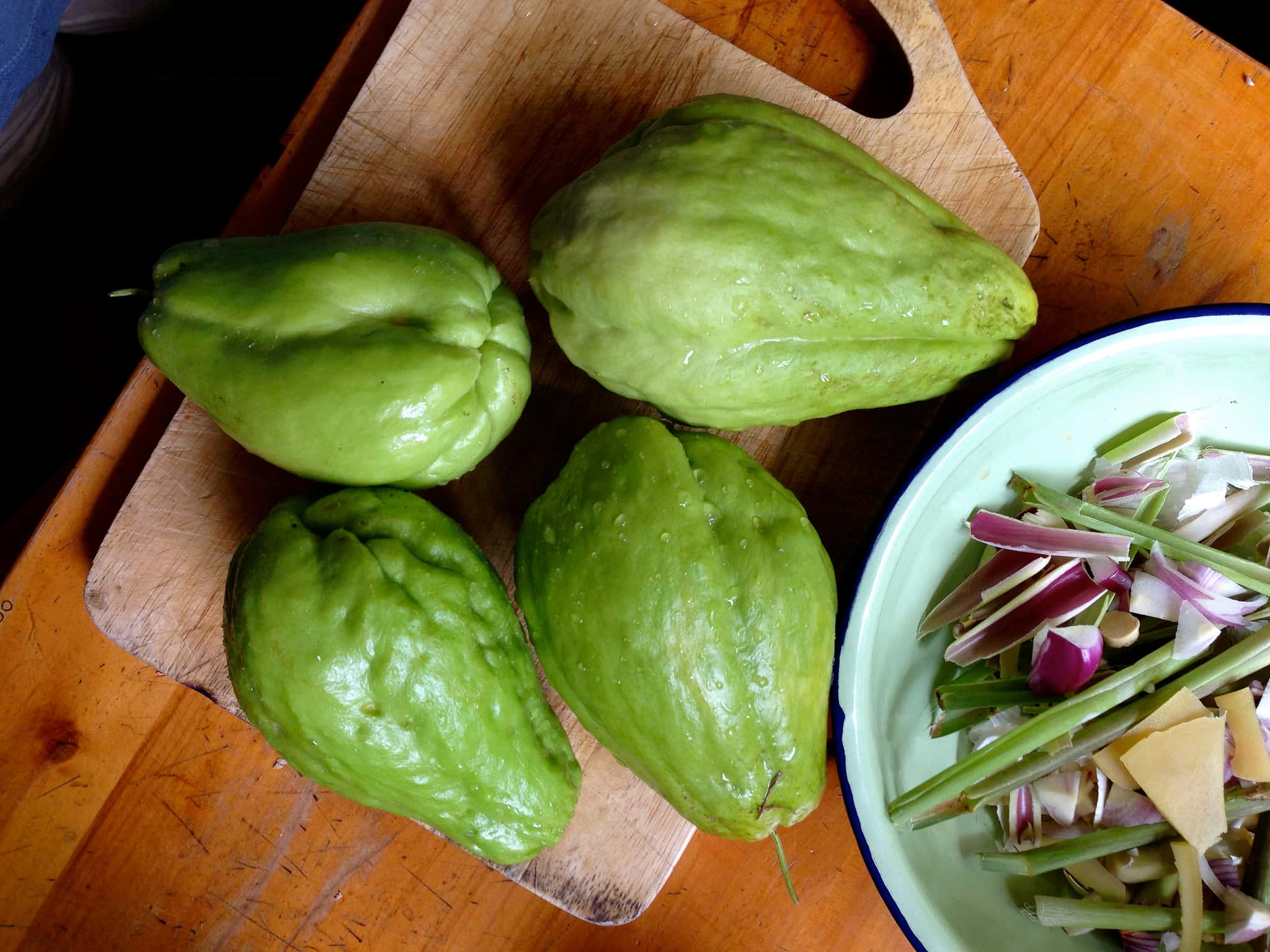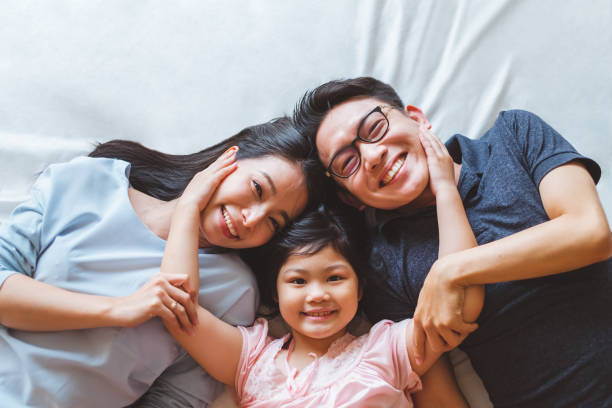Growing up, culture wasn’t really something we talked about at home. My siblings and I were raised in military housing on the mainland, in a very Westernized household. My mom was the only real connection we had to our Filipino heritage, but even then, it wasn’t something she enthusiastically passed down. Maybe she was trying to help us “fit in.” Maybe she didn’t think we’d care. Either way, our culture was more of a background detail than a central thread.

Everything changed when I moved to the Philippines for school. That’s where I met my culture for the first time—and it wasn’t just an introduction, it was a homecoming.
There, surrounded by the language, food, customs, and everyday rhythms of Filipino life, I fell in love. Not just with the culture—but with the sense of belonging it gave me. Suddenly, I saw how much I had been missing. The warmth, the hospitality, the pride in our traditions… it was like discovering a piece of myself that had always been there, just waiting to be seen.
Now, back in the States and raising my own kids, that part of me has never left. If anything, it’s become a driving force in how I parent.
Falling in Love With My Roots
In the Philippines, culture wasn’t a side note—it was woven into everything: the way people greeted each other, the stories they shared, the dishes passed around at family gatherings. It was loud, colorful, flavorful, and alive.
One of my favorite memories is from when my little family was living there. We made it a point to try new recipes together whenever we could. It was part of my parenting blog back then—simple, healthy Filipino meals that even busy moms could prepare with their kids.
Our ingredients came from our backyard garden: native vegetables like talong, malunggay, or sayote that the kids helped gather. If we didn’t have something, we’d all go to the local market together—walking past baskets of freshly harvested produce, chatting with vendors, and soaking in the sounds and smells that made the Philippines feel so alive.

It was such a contrast from life in the U.S., where ingredients come prepackaged from the grocery store, and “family dinner” is often squeezed between work and extracurriculars. But even now, I try to keep that connection alive.
Because food, I’ve realized, is one of the most powerful ways we stay rooted.
Culture Through Cooking
At home in Hawai‘i, my kids help me prep meals just like we did in the Philippines. We gather ingredients, wash vegetables together, and talk about where the recipe came from. It doesn’t have to be fancy—we might just be making sinigang or lumpia—but there’s something sacred about sitting at the table, hands busy and hearts open, preparing a meal as a family.
Sometimes we sit and share stories—reminiscing about “that one time we had this in the Philippines” and all the little moments tied to whatever we’re cooking. My kids spent a couple of years in the Philippines before we moved to Hawai‘i, and they’re always eager to compare those memories with their current life.
When we finally sit down to eat and one of them says, “This is my favorite,” it fills me with a quiet joy. Because they’re not just enjoying a dish—they’re tasting a piece of their heritage.
I think about how different that is from when I was their age, eating casseroles and mashed potatoes. I had no idea what adobo even tasted like. But now? My kids ask for it instead of a ham and cheese sandwich from school. That means something.
Why Cultural Connection Matters
I want my kids to grow up knowing who they are—not just by name, but through the stories, foods, language, and values that shaped our people. Culture isn’t a checklist—it’s an identity, a source of pride, and a way of seeing the world.
When kids are grounded in their roots, they feel more confident navigating spaces where they might be different. They know where they come from—and that gives them the strength to shine wherever they go.
How We Keep Culture Alive at Home
We don’t speak fluent Tagalog to the kids (yet), but we sprinkle in simple words and phrases. We listen to Filipino music at home or in the car, and we weave mini cultural lessons into everyday life. We cook native dishes together and celebrate holidays in ways I wish I had growing up.
It’s not perfect. But it’s intentional. And that’s what matters most.
Teaching Them to Celebrate All Cultures
We also make it a point to teach our kids that every culture matters—not just our own. Living in Hawai‘i, we’re lucky to be surrounded by so many traditions, languages, and stories. We read books about different cultures, attend local events, and talk about what makes each culture special.

Sometimes when we’re out and the kids see someone in cultural attire or someone who looks different from what they’re used to—those are teachable moments. That’s when we expand their worldview and help them grow in empathy.
Loving our own culture doesn’t mean ignoring others. It means using our roots as a foundation to teach kindness, curiosity, and respect.
Helping Kids Navigate the Outside World
There will be moments—comments at school, cultural confusion, or questions like “Why is our lunch different?” I’ve experienced that even as an adult at work, and I try not to take it as an attack. Sometimes, it’s just someone’s curiosity peeking through.
And when my kids experience moments like that, I want them to feel proud. I want them to be able to explain and share, not shrink away. We talk openly, we affirm what they feel, and we remind them that being different isn’t something to hide—it’s something to celebrate.
Intergenerational Healing Through Heritage
This journey hasn’t just shaped my parenting—it’s changed my relationship with my mom. When I embraced our culture, something in her shifted too. She started cooking native dishes again—only native dishes, in fact, whenever she visits.
She’s since retired in the Philippines, but when she comes to Hawai‘i, she always brings me little pieces of home—hard-to-find ingredients, a new traditional dress, maybe a recipe, or a piece of décor that reminds me of where I come from. We’ve built a bond through culture that we never had when I was a kid.
That’s the quiet power of reclaiming heritage as a parent: you don’t just heal your children—you start healing the generations before you too.
Final Thoughts
As someone who didn’t grow up with a strong cultural connection, I’m doing the best I can to build one for my kids. Not by forcing it—by living it. In the little ways, every day.
You don’t have to be fluent, traditional, or perfect. You just have to care enough to try. That effort alone plants the seeds that grow into pride, identity, and the deep cultural roots our children can carry with them always.







